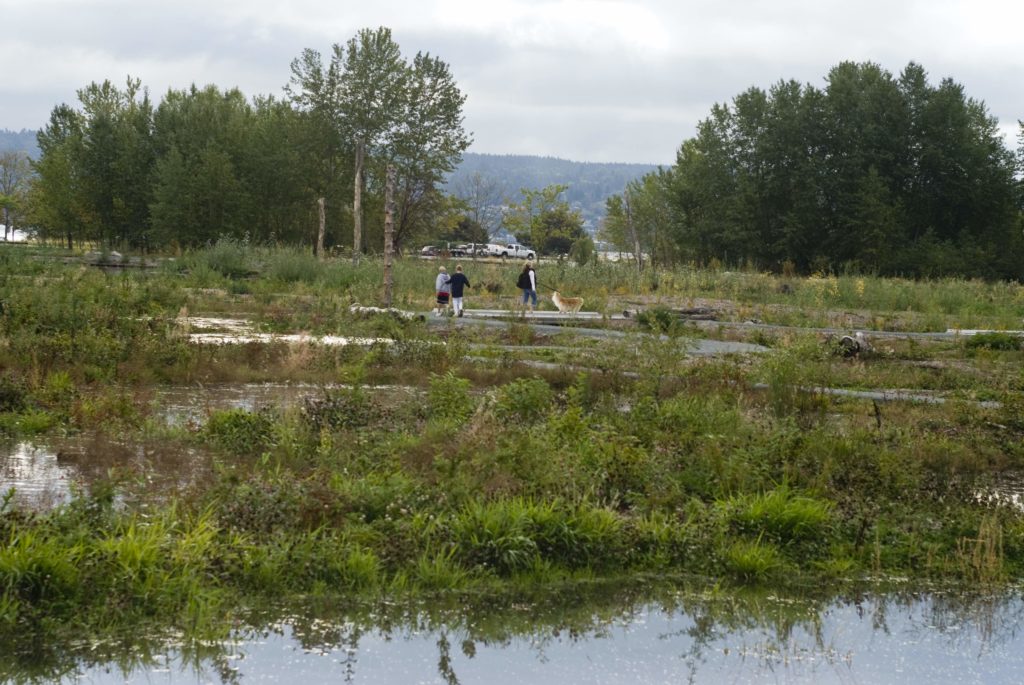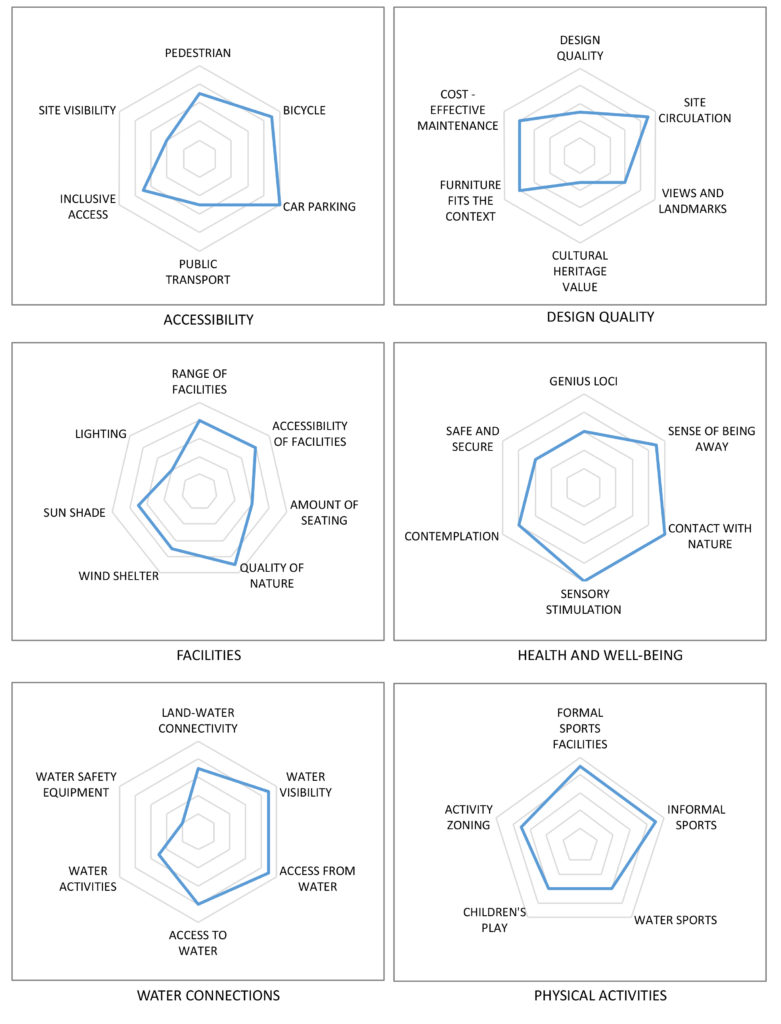
Architect
Berger Partnership
Type of Area
Wetland
Natural lake
Land/water interaction
Marshland
Built Environment Types
Complete nature
Scale of Impact
Block
City
Intervention Scale (Spatial)
Large site
Project Types
Wetland restoration
Habitat creation/restoration
Urban/ Rural
Inner urban area
Visibility and Openness
Partly contained
Partly enclosed
Wetland Rejuvenation
Magnuson park in Seattle, USA is located along the shore of Lake Washington. It has rejuvenated an old wetland that was converted into an industrial land use and which changed dramatically under the land ownership of the US Navy.
The park was designed by The Berger Partnership PS and was built in three phases. The park was partly competed and open to use in 2006 and the development then continued until 2012. As the second-largest park in the city of Seattle the park covers an area of 62.32 hectares (154 acres) and has a 1.6 kilometre-long stretch of shoreline.
The park offers a variety of recreational uses, social events, play opportunities, nature experiences, wildlife interaction and wetland habitats. The park design established a hydrological regime formed by a grid of ponds on a slope to create a cascading effect as the storm water fills the upper ponds and overflows to the lower ponds and so on.
The wetland system collects water running off the playing fields and parking lots. The ecological function of the wetland concept is manifested through leaky berms, log weirs, rice paddies, willow-wattles and peaty sponges as water flows through the system of 63 connected ponds which vary in depth.
The site layout provides a framework that allows nature to reclaim the land and provide an abundance of wildlife in the wetlands. Native species were planted on the berms, in the ponds and the forest to provide shelter for insects, amphibians and birds. The wetland also provides clean water for amphibian habitats and a freshwater lagoon.
The constructed wetland treats storm water runoff by reducing suspended solid particles, bacteria and increasing dissolved oxygen. The project has successfully and substantially increased biodiversity and reduced carbon dioxide emission by recycling old techno-sol from the site.
The park attracts a large volume of visitors and local school and university students while local communities are engaged in activities such as tree planting, nature experience, research, invasive species removal and establishing native planting.
Perception and Meaning
Sense of place
Genius loci
Knowledgeability
Health and Wellbeing
Restorativeness
Aesthetic experience
Better environmental perception
Interaction with Water
Visual

The ratings show that the project is very accessible although access via public transport and site visibility was scored poorly due to it being a large site with high forest cover that screens the site views. Design quality is rated as moderate, however the site circulation of people, the cost effectiveness and the design of furniture to the context received relatively high score than other design attributes.
Attributes for facilities and amenities aspect were moderately scored, although quality of nature, range of facilities and accessibility to facilities were very highly scored. The health and well-being aspect was moderately score, however, the site scored high for opportunities to contemplate, the sense of being away, sensory stimulation, and contact with nature.
Similarly, the aspect of water connection was supported by high scores for conditions that provide opportunities for access to water, viewing water, and has less scores for the opportunity for water activities and very low scores for availability or the condition of safety and security equipment. The site has moderate scores for attributes of physical activity aspects, although the site has scored high for opportunities for formal and informal activities.
